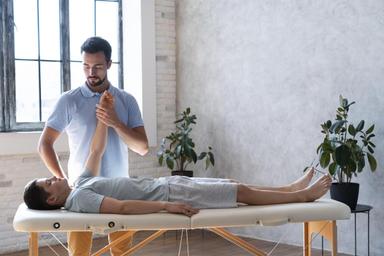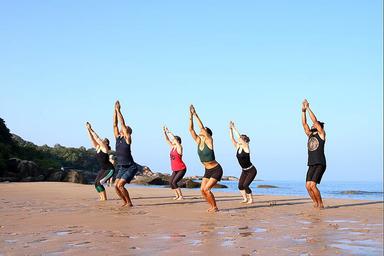
Pacemaker Implant and Exercise: What You Need to Know
31 Oct, 2024
 Healthtrip
HealthtripIf you've recently undergone a pacemaker implant, you're probably eager to get back to your normal routine, including exercising. While it's essential to take it easy during the initial recovery period, you'll be happy to know that you can resume physical activities soon. However, it's crucial to understand the dos and don'ts of exercising with a pacemaker to ensure your safety and the device's optimal functioning. In this article, we'll delve into the world of pacemaker implant and exercise, exploring the guidelines, precautions, and benefits of staying active with a pacemaker.
Understanding Your Pacemaker
A pacemaker is a small medical device implanted in your chest to regulate your heartbeat. It's usually recommended for individuals with abnormal heart rhythms, such as bradycardia (slow heart rate) or heart block. The pacemaker sends electrical signals to your heart, ensuring a normal heartbeat. While it's a life-changing device, it's essential to understand its limitations and take necessary precautions during exercise.
Most popular procedures in India
Initial Recovery Period
After the pacemaker implant surgery, your doctor will advise you to take it easy for a few weeks. This is a critical period, and it's essential to follow your doctor's instructions to avoid any complications. You may need to avoid heavy lifting, bending, or strenuous activities, including exercise, for 4-6 weeks. This allows your body to heal, and the pacemaker to settle into place.
Wellness Treatments
Give yourself the time to relax
Lowest Prices Guaranteed!

Lowest Prices Guaranteed!
Exercising with a Pacemaker: General Guidelines
Once you've received the green light from your doctor, you can gradually resume exercising. However, it's crucial to follow these general guidelines:
Start Slow and Gradual
Begin with low-intensity exercises, such as walking, and gradually increase the duration and intensity over time. This allows your body to adjust to the pacemaker and reduces the risk of complications.
Avoid High-Impact Activities
High-impact activities, such as contact sports, boxing, or football, can cause damage to the pacemaker or the surrounding tissue. Avoid these activities or modify them to reduce the impact, such as switching to low-impact aerobics or yoga.
Monitor Your Body
Pay attention to your body and stop exercising if you experience any discomfort, pain, or unusual symptoms, such as dizziness, shortness of breath, or palpitations. Consult your doctor if these symptoms persist.
Choose Low-Risk Activities
Opt for low-risk activities, such as swimming, cycling, or using an elliptical machine, which are gentle on your joints and reduce the risk of pacemaker damage.
Benefits of Exercising with a Pacemaker
Exercising with a pacemaker can have numerous benefits, including:
Improved Cardiovascular Health
Regular exercise can strengthen your heart, improving cardiovascular health and reducing the risk of heart-related complications.
Increased Energy Levels
Exercise can boost your energy levels, helping you feel more active and confident, even with a pacemaker.
Weight Management
Regular physical activity can help you maintain a healthy weight, reducing the risk of obesity-related health problems.
Improved Mental Health
Exercise is a natural mood-booster, reducing stress and anxiety, and improving overall mental health.
Conclusion
Exercising with a pacemaker requires caution and awareness, but it's not a limitation. By understanding your pacemaker, following the guidelines, and choosing low-risk activities, you can enjoy the numerous benefits of regular exercise. Remember to consult your doctor before starting any new exercise program, and don't hesitate to reach out to Healthtrip's medical experts for personalized guidance and support.
At Healthtrip, we understand the importance of a healthy and active lifestyle, even with a pacemaker. Our team of medical experts is dedicated to providing personalized guidance and support to help you navigate the world of exercise and pacemaker implant. Contact us today to learn more about our services and take the first step towards a healthier, happier you!
Related Blogs

Top 5 Heart Surgeons in Krefeld
Find expert cardiology specialists in Krefeld, Germany recommended by HealthTrip.

Top 10 Cardiology Hospitals in Krefeld
Discover the leading cardiology hospitals in Krefeld, Germany with HealthTrip.

Top 5 Heart Surgeons in Berlin
Find expert cardiology specialists in Berlin, Germany recommended by HealthTrip.

Top 10 Cardiology Hospitals in Berlin
Discover the leading cardiology hospitals in Berlin, Germany with HealthTrip.

Top 5 Heart Surgeons in Schwerin
Find expert cardiology specialists in Schwerin, Germany recommended by HealthTrip.

Top 10 Cardiology Hospitals in Schwerin
Discover the leading cardiology hospitals in Schwerin, Germany with HealthTrip.










